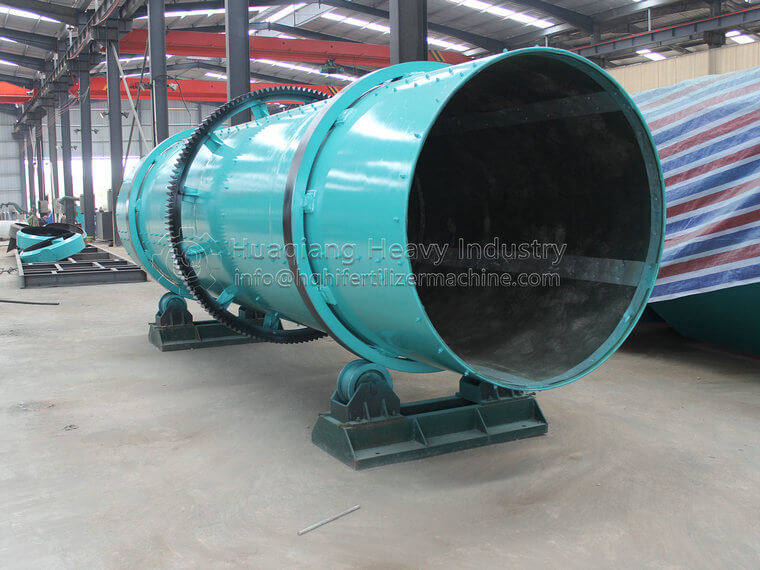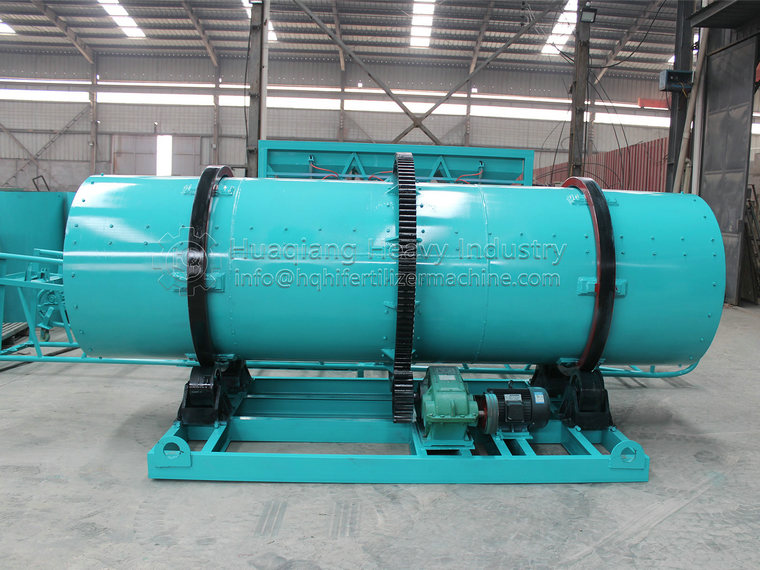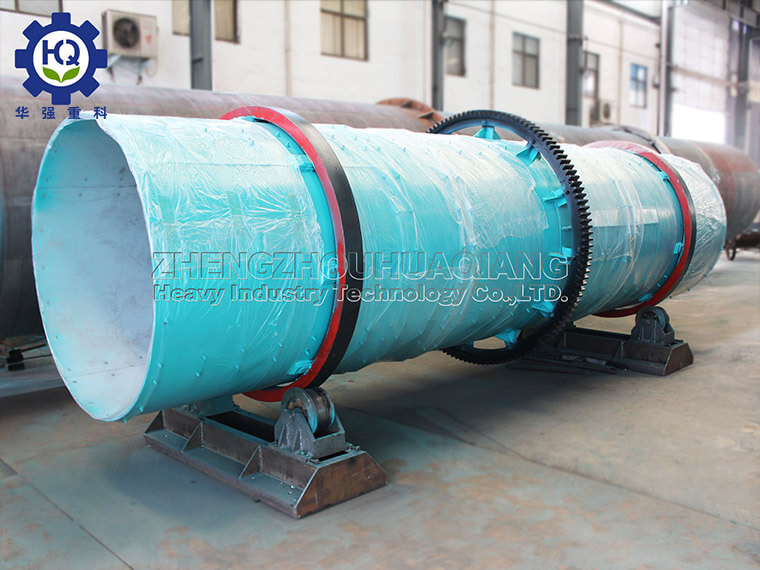On the NPK (nitrogen phosphorus potassium) fertilizer production line, the fertilizer crusher is one of the key equipment used to crush large raw materials or semi-finished products into small particles for subsequent mixing, granulation and other processes. The commonly used types of fertilizer crushers include:
Hammer crusher: It crushes materials by striking them with a high-speed rotating hammer head. Suitable for crushing materials with moderate hardness and brittleness, with high crushing efficiency, but the processing effect is not good for materials with high hardness or high viscosity.
Cage crusher (or cage crusher): It uses the relative motion between a rotating cage and a fixed cage bar to crush, shear, and impact materials. Suitable for processing materials containing certain moisture and viscosity, such as materials after wet granulation.
Roller crusher: using two relatively rotating rollers to squeeze and shear materials, suitable for processing materials with high hardness and large block size, such as phosphate rock, limestone, etc.
Vibration screen crusher: Combining the functions of vibration screen and crushing, the material passes through the sieve under the action of vibration, achieving a dual effect of crushing and screening. Suitable for handling materials with high granularity requirements.
Chain crusher: It uses a high-speed rotating chain to impact and shear materials, suitable for crushing materials containing certain fibers or toughness, such as organic fertilizer raw materials.
Gear disc crusher: uses the relative motion between the rotating gear disc and the fixed gear disc to cut, squeeze and crush materials. Suitable for processing materials with uniform and fine particle size requirements.
When choosing a fertilizer crusher, it is necessary to determine based on the specific properties of the material (such as hardness, moisture, particle size requirements, etc.) and the production line’s capacity requirements to ensure the crushing effect and production efficiency. Reasonable selection and configuration of crushers are prerequisites for achieving efficient and stable production in NPK fertilizer production lines.
.jpg)



.jpg)



